The oceans cover over 70% of Earth's surface, and as such, are of immense scientific importance. Man has long taken ships to sea to plumb the ocean's mysteries, first charting the surface and then measuring its depths. Today, these are incredibly sophisticated, with equipment for measuring all sorts of parameters in several fields of science.
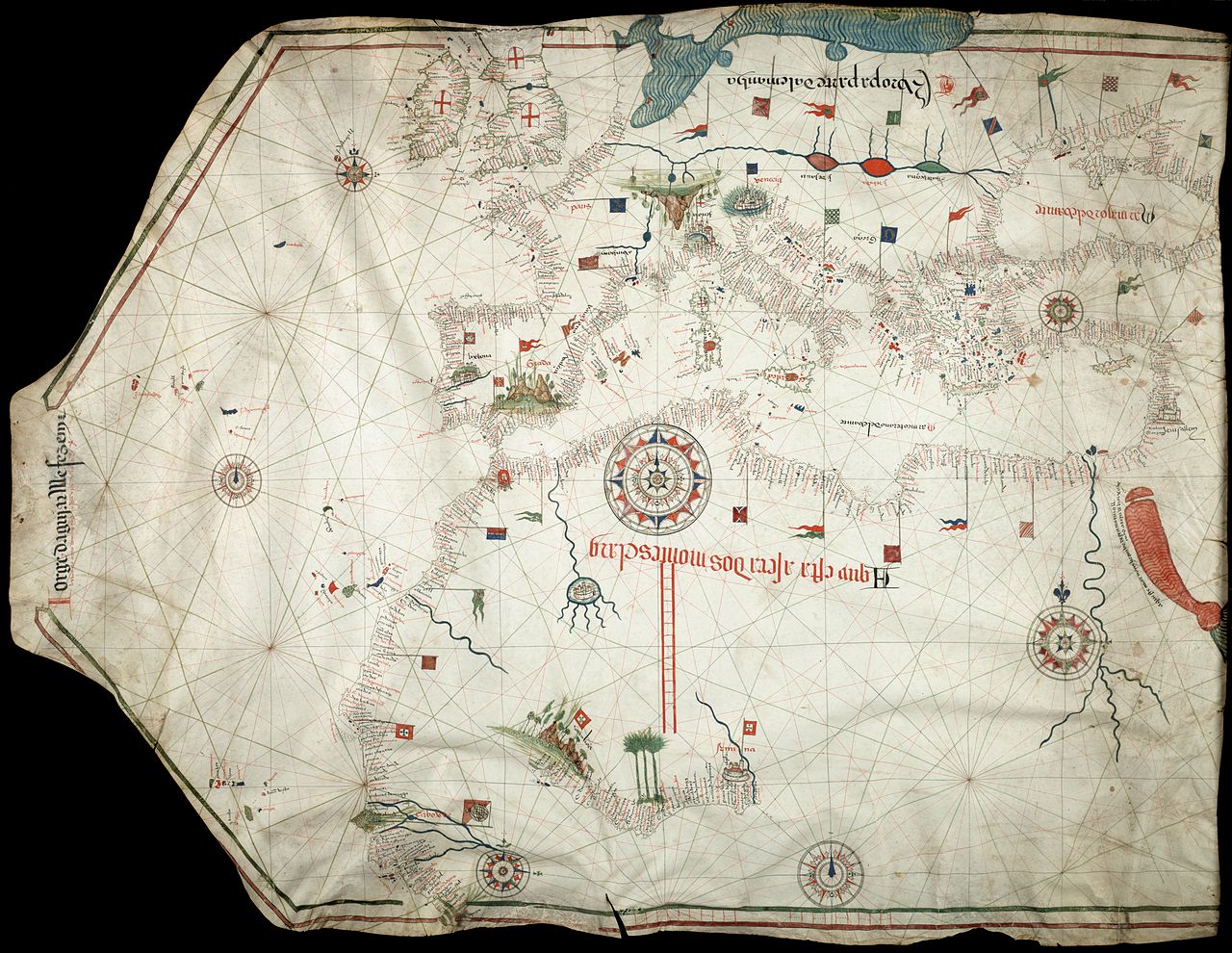
A portolan chart from 1492
The most basic of ocean sciences is hydrography, the mapping of coastlines and the depths of water, usually to create charts. The first proper navigation charts were probably the medieval Portolan charts. These charts, based entirely on angles and distances between the points in question, were incredibly accurate portrayals of the coasts, allowing mariners navigating by landmarks and compass to find their path. Over time, celestial navigation and latitude and longitude were introduced, and charts became more sophisticated. However, these were privately published, and it wasn't until 1795 that the Royal Navy appointed Alexander Dalrymple as Hydrographer and formalized the collection and publication of hydrographic data.
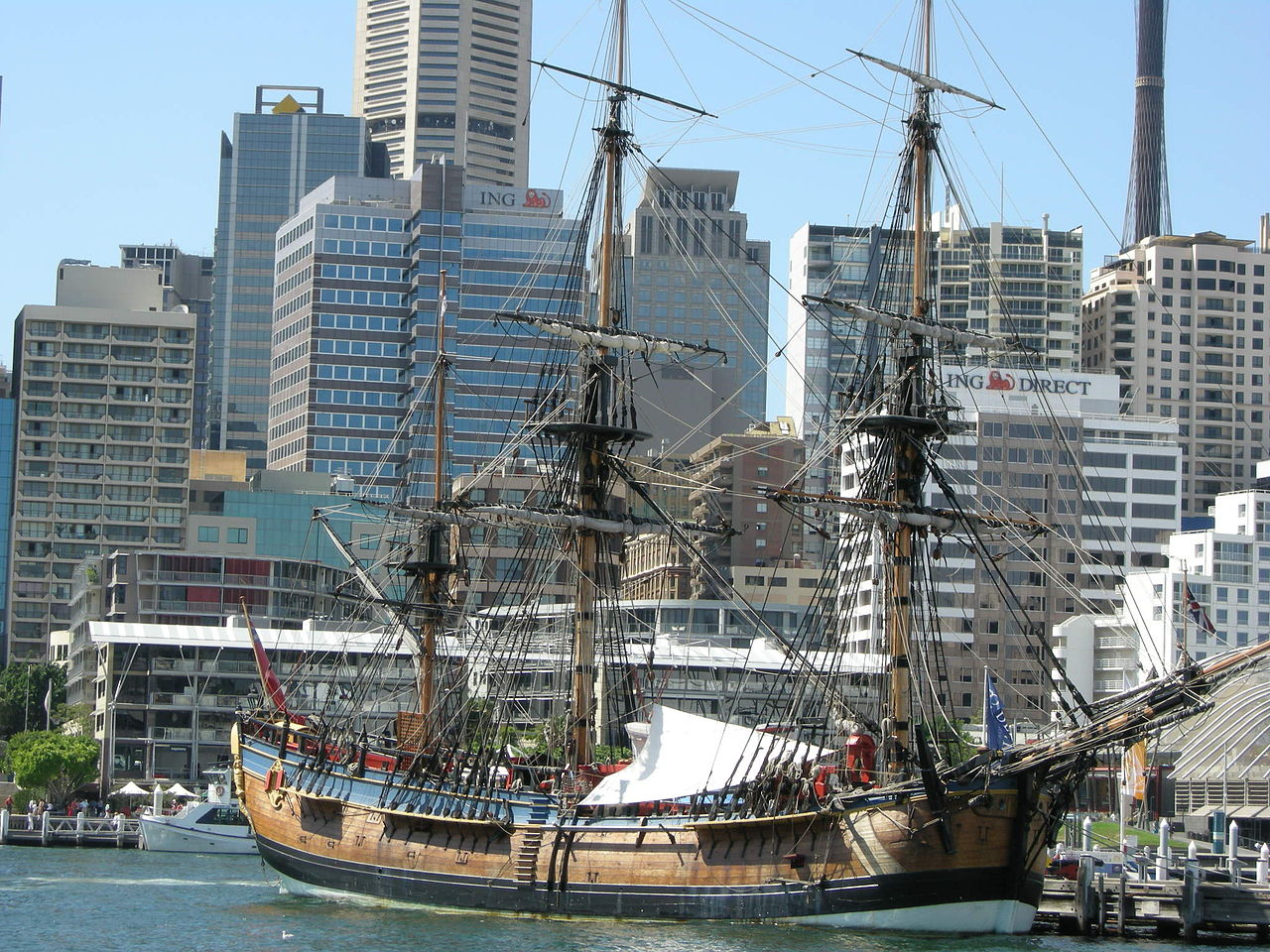
A modern replica of Endeavour in Sidney harbor
Dalrymple was able to draw on the work of men like James Cook, who made his name mapping the coast of Newfoundland in the mid-1700s, producing charts that were used for 200 years. Cook's work in the Saint Lawrence was vital to the British amphibious assault at Quebec City, and in 1768 he was given command of the bark Endeavour, possibly the first identifiable research ship. Cook's task was to carry astronomer Charles Green to Tahiti to observe the transit of Venus, and then to go in search of the fabled Terra Australis Incognita, the proposed southern continent. After observing the transit, he instead became the first European to properly map New Zealand, and the first to reach Australia's east coast. Cook went on to make two more voyages in the Pacific, the second in HMS Resolution making him the first to cross the Antarctic Circle and demolishing the fabled southern continent. His last voyage, also in Resolution, took him to the Pacific coast of North America, and to Hawaii, where he was tragically killed. Throughout all of this, the instruments of exploration remained primitive, essentially the tools of ordinary navigation, with the main difference being the skill and intent of their users.
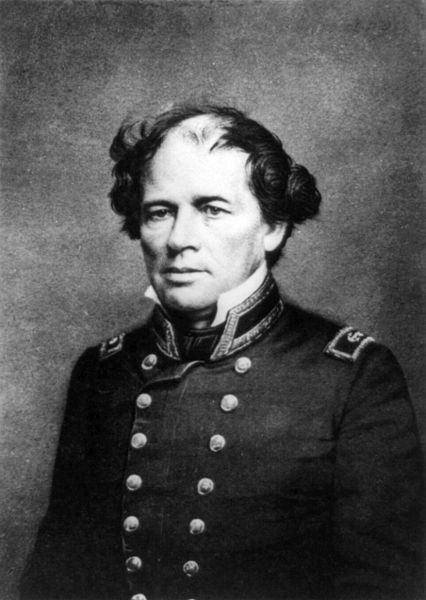
Matthew Maury
But it was during the 19th century that ocean science really took off. Matthew Fontaine Maury, an American naval officer beached by injury, combed through the logs of hundreds of voyages, and was able to gain new insight into the winds and currents of the oceans, culminating in his 1855 publication of The Physical Geography of the Seas. Maury's work established the new science of oceanography, and enabled sailing vessels to make faster and safer voyages.1
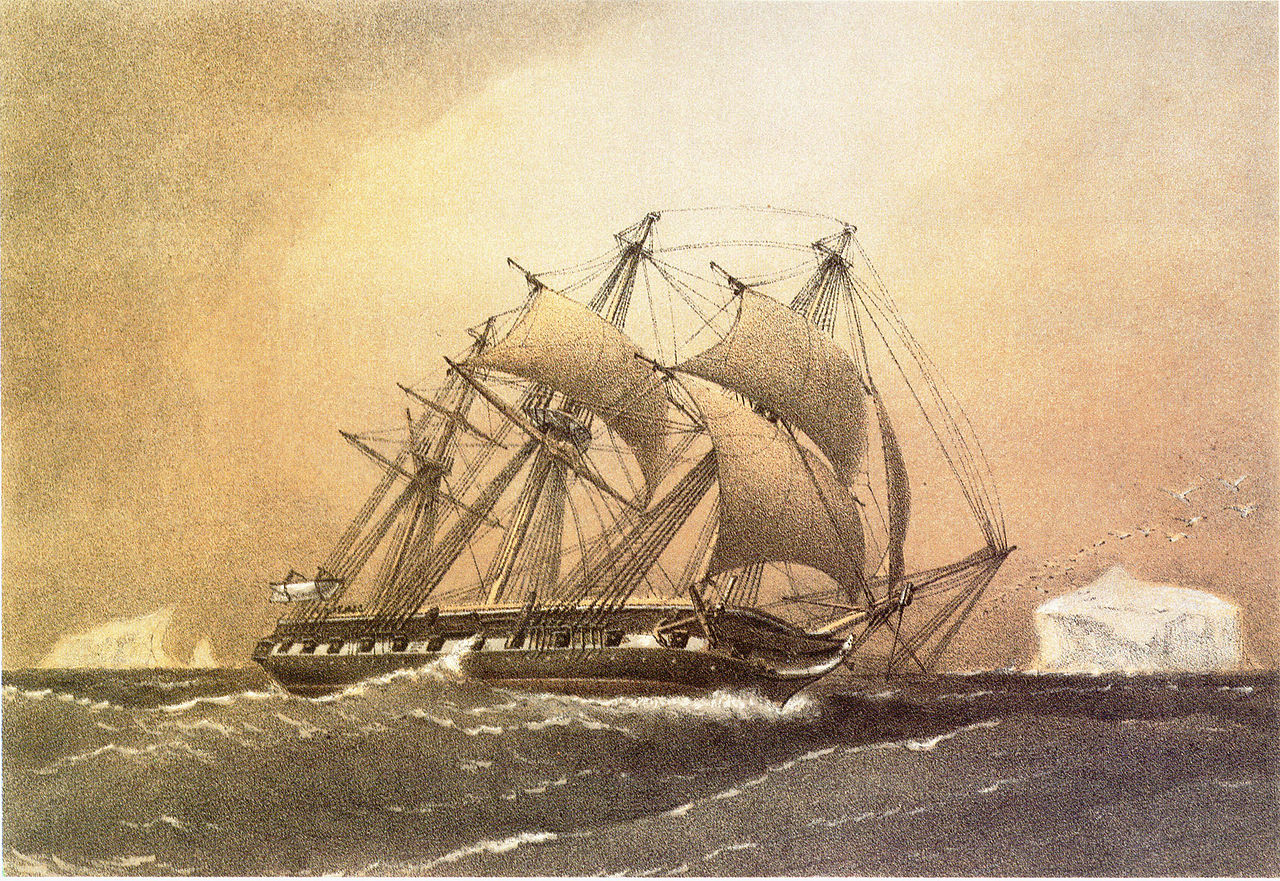
Challenger in the far south
But while Maury had worked from existing data, gathered in the course of normal operations, others set out specifically to learn more about the oceans. The first of these expeditions sailed aboard HMS Challenger in 1872. Challenger was a corvette that had lost 15 of her 17 guns to make way for scientific equipment. A dredging system was set up to capture specimens of marine life, which would then be analyzed in a lab fitted with microscopes, dissection equipment, and thousands of alcohol-filled jars to preserve them. Nor was equipment for physical studies neglected. Challenger carried 180 miles of line for sounding,2 and equipment to get samples of the bottom, and of water from specified depths, which would then be analyzed for chemical composition onboard. The weather was also studied, and one of the expedition's four years saw the temperature measured every two hours. The final report ran to 50 volumes, and one of the most notable discoveries was the Challenger Deep, the deepest place in the oceans.
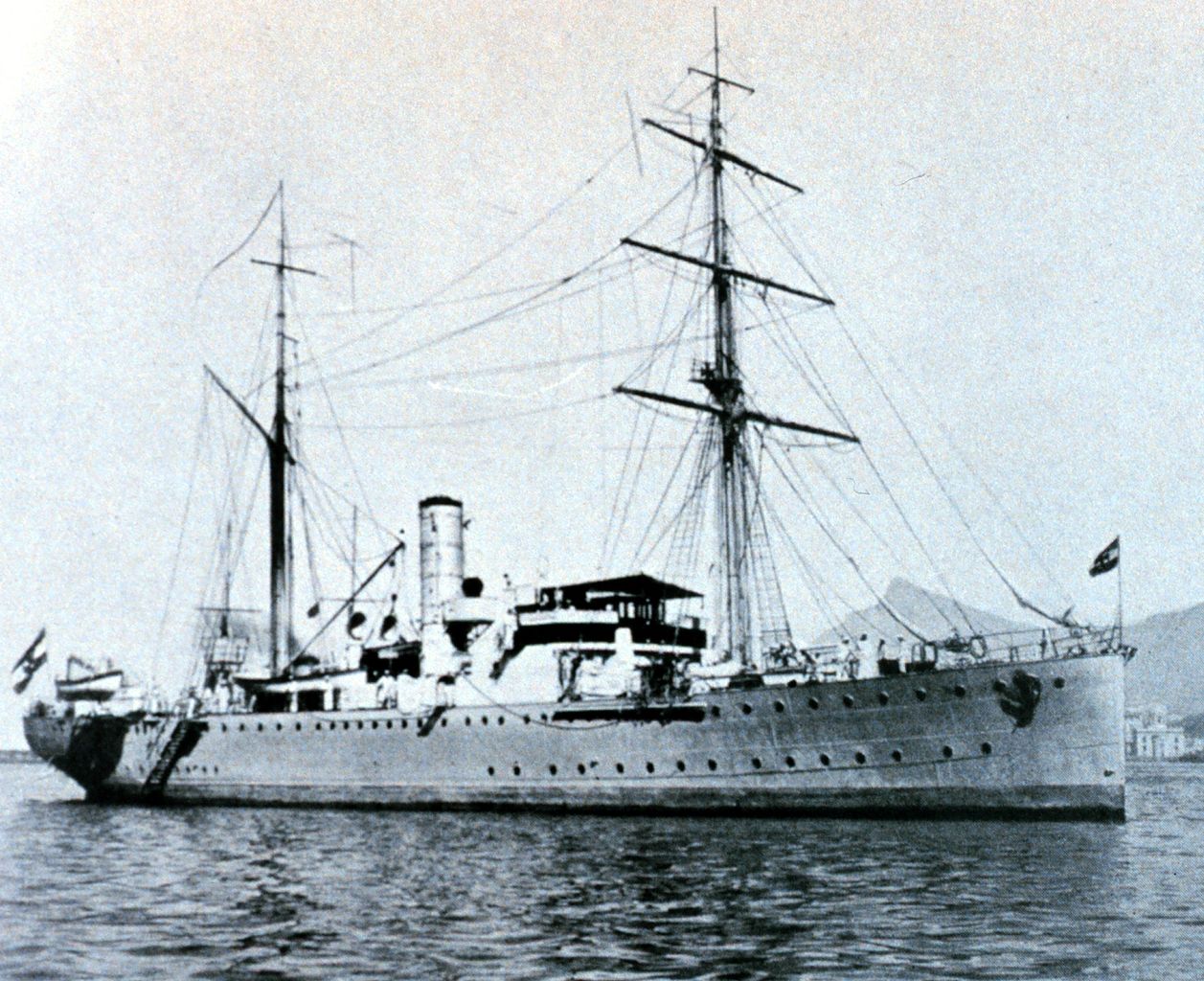
Meteor
After the Challenger expedition, international exploration focused mostly on the poles, and it wasn't until after WWI that a new tool entered the arsenal of oceanography, the depth sounder. This allowed scientists to profile the bottom of the ocean's depths without the hassle of doing traditional soundings in deep water. An early user was the German Meteor expedition in 1925-27, which studied the South Atlantic between the equator and Antarctica, covering everything from topography and meterology to marine life and water temperature.
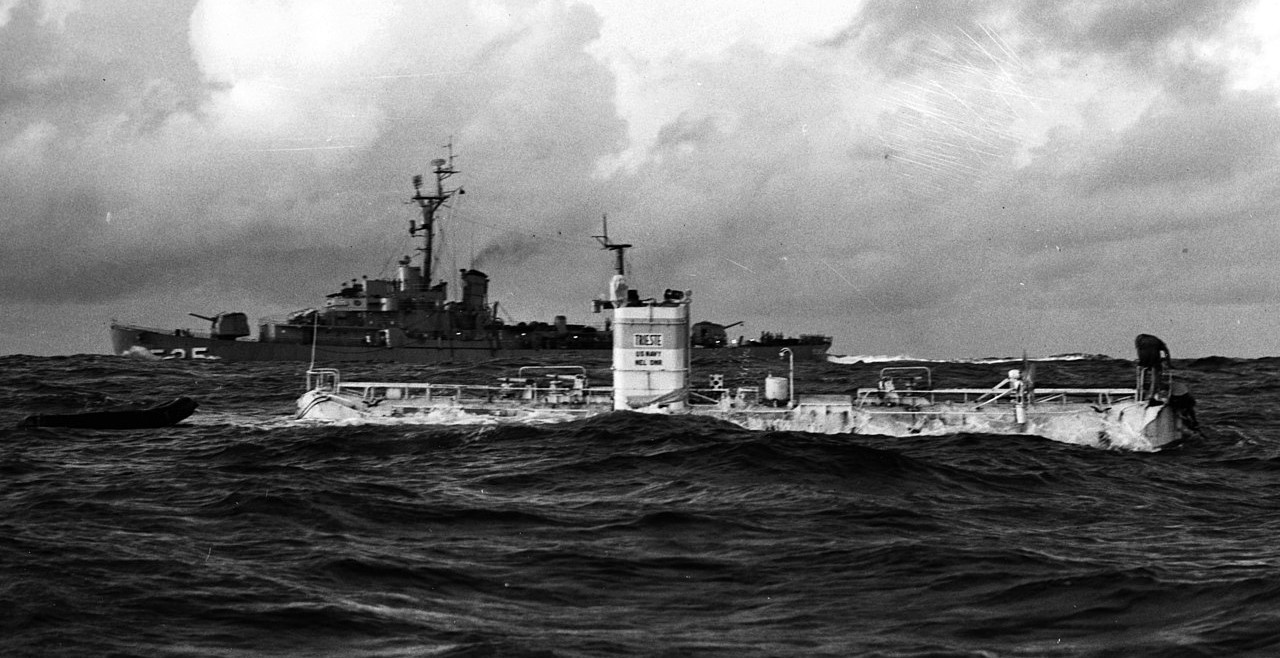
Bathyscape Trieste, preparing for the first dive on the Marianas Trench
But it wasn't until after WWII that the modern research ship truly emerged, driven by the Cold War. Some of this was that both sides used their scientific prowess as another front in this thankfully peaceful competition, but mostly it was due to the increasing importance of the submarine, and a consequent need to know more about the world beneath the waves. An increasing interest in the environment also played a part, and has continued to drive the construction and operation of these vessels since the early 90s.
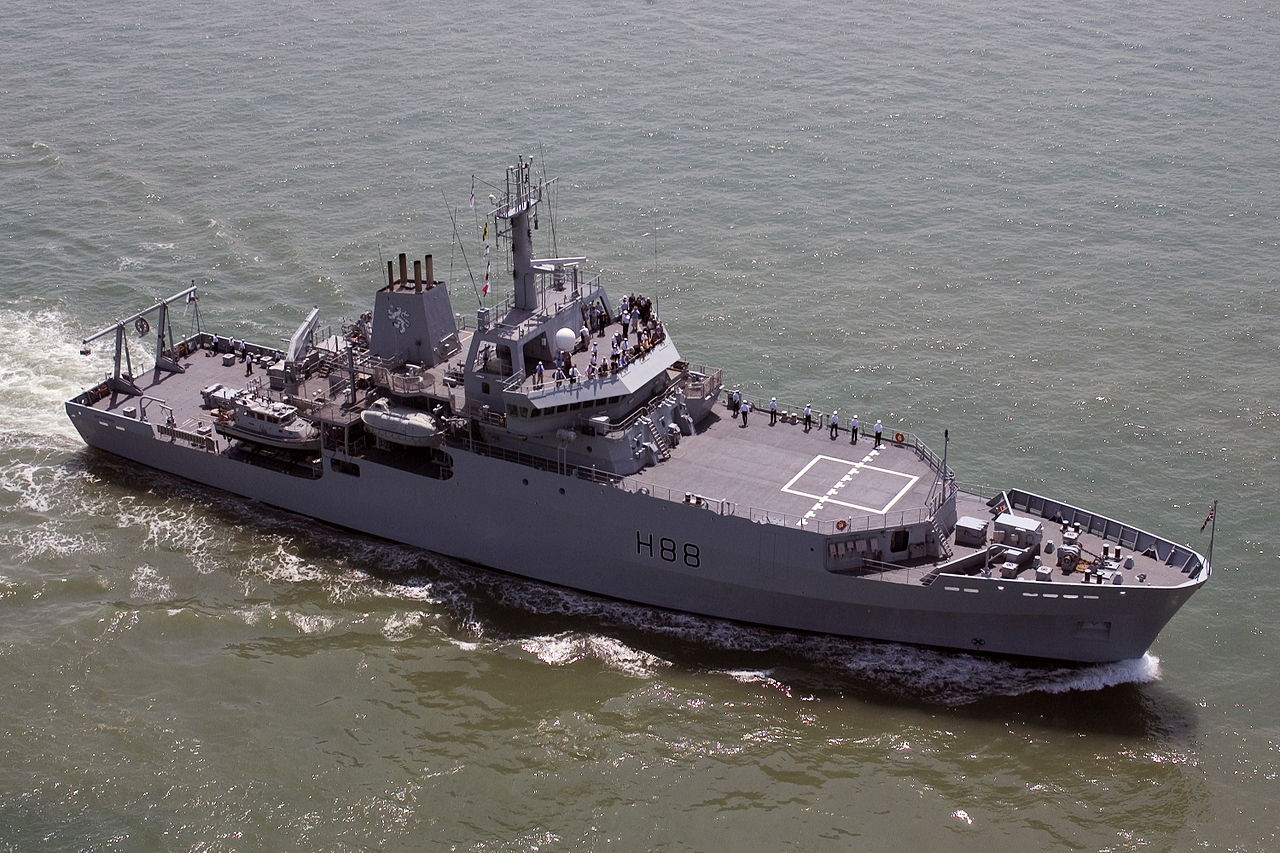
HMS Enterprise
The increasing sophistication of research methods has meant that the old method of taking a random ship and slapping some scientists into it is no longer feasible. Instead, the vessels are specialized, not only for scientific research, but also depending on what fields they work in. Hydrographic ships, for instance, are fitted with sophisticated 3D sonars to allow them to map the bottom, while similar vessels with slightly different sensors are used to search beneath the seabed for oil. Besides the routine tasks of mapping to produce updated charts, hydrographic ships can be vital in disaster response if the disaster is one, like a tsunami or earthquake, that is likely to have rearranged the seabed. HMS Enterprise deployed in this role after the 2020 explosion in Beirut.
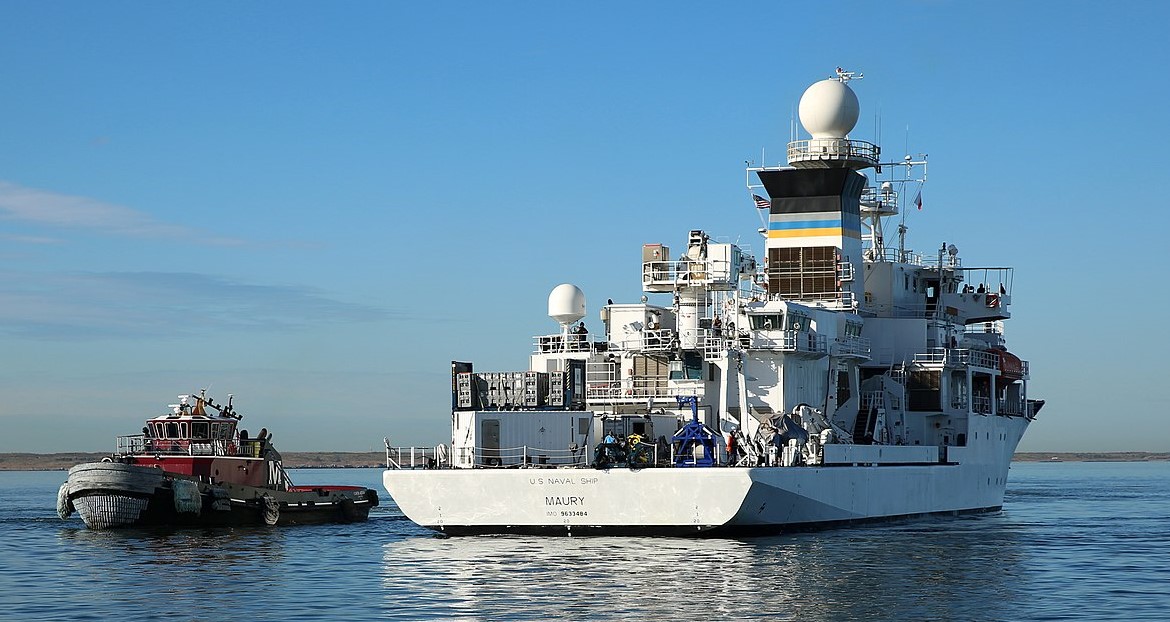
The aft deck of USNS Maury
But hydrographic research is almost unique in being able to be conducted by the ship itself. Most modern marine science relies heavily on putting systems into the water, either towed by the research ship, controlled by a cable, or increasingly capable of autonomous operation. This requires a large, open deck, relatively low to the water, and a crane or A-frame. Heavy winches are usually fitted for towed systems. Besides permanent labs to do everything from analyze marine life to monitor the composition of the air and sea, many ships have mounting points for the ubiquitous shipping containers, allowing specialized labs to be swapped out, depending on the mission. Another important feature is low noise, for acoustic studies, and good low-speed control, which is usually facilitated by azipods and a dynamic positioning system similar to that used by oilfield support ships.
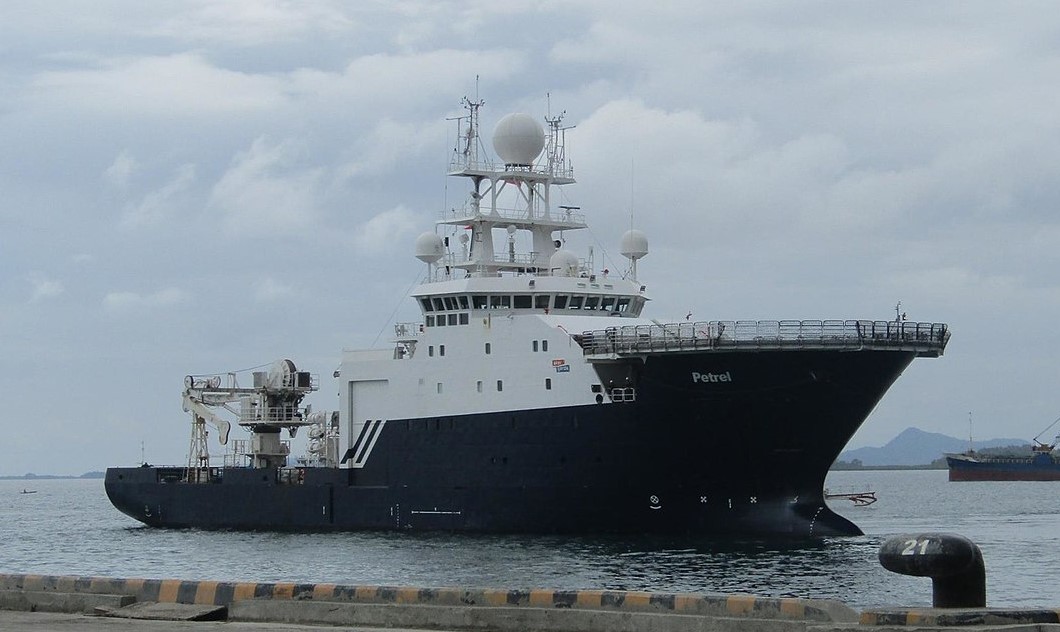
RV Petrel
A major role of research vessels today is the discovery of wrecks, although this is in fact an outgrowth of the Cold War missions. Robert Ballard, known for discovering a number of wrecks, was a Commander in the Navy Reserve, and found a famous ocean liner with the last few days he had after checking the wrecks of the nuclear submarines Thresher and Scorpion, lost in the 1960s. Recent years have seen a huge number of significant discoveries, mostly thanks to RV Petrel, whose work was funded by the estate of the late Paul Allen, cofounder of Microsoft. Sadly, it appears that COVID has brought this to an end.
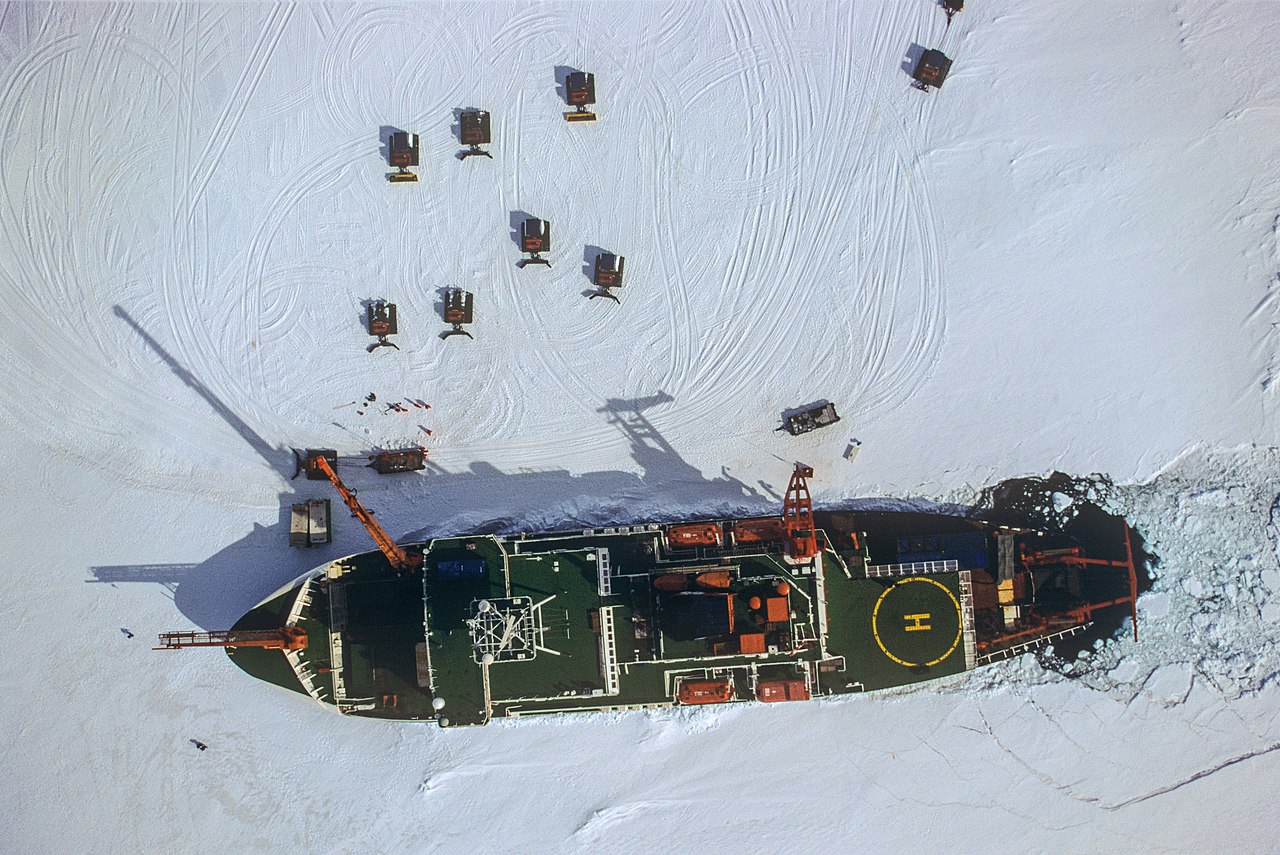
Polar Research Vessel Polarstern unloading supplies in the Antarctic
There are two major types of research vessels that haven't been discussed. The first is the polar research ship, which is essentially a research ship with an icebreaking hull. The boundaries between a research vessel and a straight icebreaker are rather blurry at the moment, with most icebreakers having at least some capability to carry scientists and their equipment. The second is the fisheries research vessel. This is designed to monitor fish stocks with an eye towards promoting ocean fishing. In practice, these are essentially research vessels equipped with fishing gear, including trawls, lines and ramps to handle the equipment over. The Japanese took this even further, operating a research whaling program for a number of years, before finally withdrawing from the International Whaling Commission and resuming commercial whaling in their waters in 2019. And it is to whaling that we will turn our attention next time.
1 Maury's reputation was somewhat besmirched by his resignation in 1861 to fight for the Confederacy during the Civil War, but his scientific work is unquestionably amazing. ⇑
2 Essentially attaching a weight to a rope and letting it go until it hits the bottom, then measuring the rope. Sounding was a common technique in shallow water for safety, but rare in the depths for obvious reasons. ⇑

Comments
Possibly a stupid question, but when you're sounding the ocean deeps with 19th-century technology, how do you know when the weighted rope has actually hit the bottom?
I think you put a lot of weight on the end of the rope, and take careful account of the buoyancy of the line itself. But I'm not really sure.
@bean
I imagine you're just looking for any sudden drop in tension, and that's assumed to be an indication of hitting bottom. Apparently there were mechanized devices used in the 1800's. A significant model seemed to be this one used by the royal navy which stopped automatically when the line hit bottom, so I imagine the tension change was noticeable. (Here is an interesting post mentioning how the introduction of these machines actually changed sounding to something done by officers from something done by the crew.)
I'm curious how they compensated for deepwater currents.
Also @bean
You might want to check the " key on your keyboard, the quotes around research in "research" whaling program didn't show up.
Since when was 'How does it taste on a sandwich?' not a perfectly valid area of cetological research?
And the sinkers on the sounding line were made from 0.25cwt of lead so they'll exert much more of a force than the weight of the line itself.
I am fairly certain the famous British amphibious assault was against Quebec City, not Montreal.
@Chuck
Pretty much. That's much easier to do in shallow water, but manageable in deep.
As for research whaling, I'm not getting involved there. I don't support the program, but I find a lot of the opposition to it even worse.
@Lambert
That's likely to be overwhelmed by a couple miles of rope.
@FXBDM
Oops. Fixed.
Isn't it going to strange to do whaling-ships before regular fish-boats?
They're different enough that I can make it work. Whaling is most of the way done, and doesn't seem to be suffering for it.
'Research' whaling was always just an excuse to do commercial whaling and I doubt anyone, on any side of the issue really thought otherwise.
I can understand hating the opposition, both for their tendency to perform extremely stupid and dangerous stunts and for the fact that without them Japan might have stopped it on their own instead of made it a nationalist symbol.
I guess bean's right, it's probably better not to do the whaling debate here, esp. when we have the whaling thread upcoming do have it in! (I kid.)